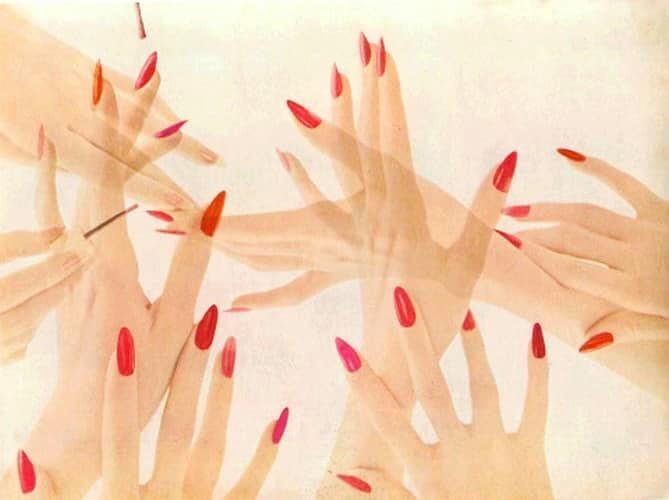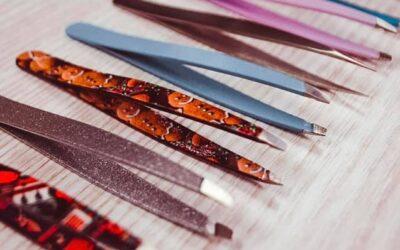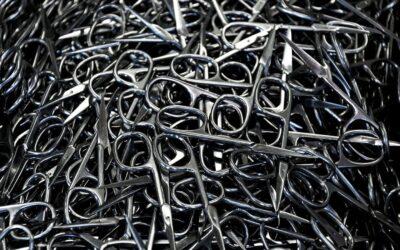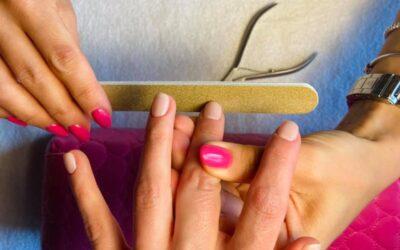To date, many women (but also many men) are concerned with the care of their hands, resorting to beauty services and beauty salons.
But .. Have you ever wondered how long this particular custom has existed?
That of the manicure is actually a very old tradition, the oldest manicure set, in fact, was found in the territory of Babylon: according to the studies that were then carried out, Babylonian women fixed their nails only with gold tools.
The ancient Egyptians also attached great importance to manicure: as a result of the studies carried out it was shown that Cleopatra and Nefertiti stained their nails with henna, which has a very similar resemblance to the varnish coating. In Egypt, cosmetics and aesthetics were highly developed: here the red color was a huge success.
n ancient China, on the other hand, ladies painted their hands and nails using a mixture of wax, egg whites, Arabian jam and flower petals. This mixture created a particular color which then determined the social class of the woman.
In the 19th century, a French doctor created a special nail set consisting of: a suede nail file, a powder and a stick. This set gained great popularity in a very short time: in fact, it began to appear on the shelves and bedside tables of fashionistas.
At the end of that century the composition of this set was distributed in almost all developing countries and the fashion of fixing nails and hands very quickly went viral.
The birth of a tool that removes cuticles in a short time and painlessly is to be attributed to the United States of America, in 1917.
In the early 20s of the twentieth century, fashion imposed on women the “moon manicure” which consisted of coloring only the final part of the nail. The Thirties were also very important, with the invention of Revlon nail polishes of all colors and false nails, still today a real turning point for those suffering from nail biting!
The 1950s were the era of femininity and extreme seduction like “Marylin”, so the most fashionable manicure included red lacquer and very long nails.
The feminine emancipation of the 1960s instead imposed a return to short nails, more practical in everyday life and at work, but still cheerful and colored with pastel glazes or inspired by pop art shades.
The birth of French manicure dates back to the seventies, while the explosion of fluorescent colors and acrylic was in the eighties. The nineties marked a return to a more sober style, if not downright scruffy and grunge.
Finally, the 2000s seem to stand out above all for the lack of a univocal fashion and for the coexistence of many different styles, which allow every woman to follow inspiration and her own taste. The real novelty of recent years is undoubtedly the nail art, which has always existed but which has recently become a real must in manicure.








